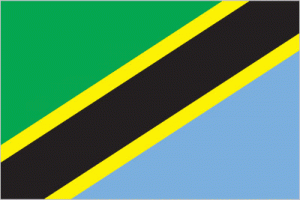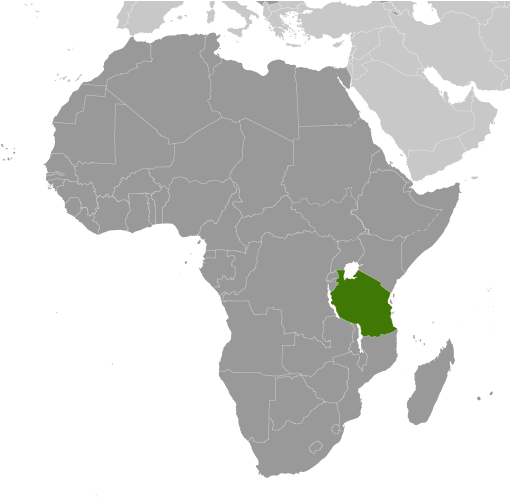Tanzania


Continent- Africa
Region – Eastern Africa
Size – 947,303 km2
Geography – Consists of mountains, forests and Lakes
Language- Swahili, English
Religion- 35% Muslim, 30% Christian, 35% follows traditional African religion
Monetary Unit- Tanzanian shilling (TZS)
Natural Resources- Gold, diamond, iron, coal, uranium, nickel, tanzanite and natural gas
Agriculture- Maize, cassava, sweet potatoes, beans, bananas, millet, sugar, cotton, cashew nuts, tobacco, coffee, sisal, tea, beef, lamb, chicken, pork,
Industry- Construction, mining and quarrying, manufacturing, exports gold, gemstones including diamonds and tanzanite
Neighboring Countries – Kenya, Uganda, Rwanda, Burundi, Republic of the Congo, Zambia, Malawi, Mozambique
Population – 51,820,000 (2014 estimate)
Population Growth Rate- 3%
Average Life Expectancy – 60.85 years
Capital City – Dodoma
Highest Mountain – Uhuru Peak, Kilimanjaro and Mount Kilimanjaro, Kilimanjaro
Yearly Rainfall – 1071 mm recorded in 2011
Plant Life – Coffee, bananas, tobacco, tea, sisal, sugarcane, pyrethrum, cashewnuts, mangroves
Animal Life- Zebras, elephants, buffaloes, hippopotamus, giraffes, antelopes, gazelles, elands, kudus, lions, cheetahs, leopards, hyenas, wild dogs, chimpanzees,
Bird Life – More than 1000 species of birds including different types of kingfisher, hornbills, bee-eaters, fish eagles, flamingos, Udzungwa forest partridge, Pemba green pigeon, Usambara weaver, Usambara eagle owl.
Aquatic Life- 400 species of fish, marine turtles, whales, prawn, finfish, molluscs, starfish, sea urchins, sea cucumbers
Facts and Figures Pages
